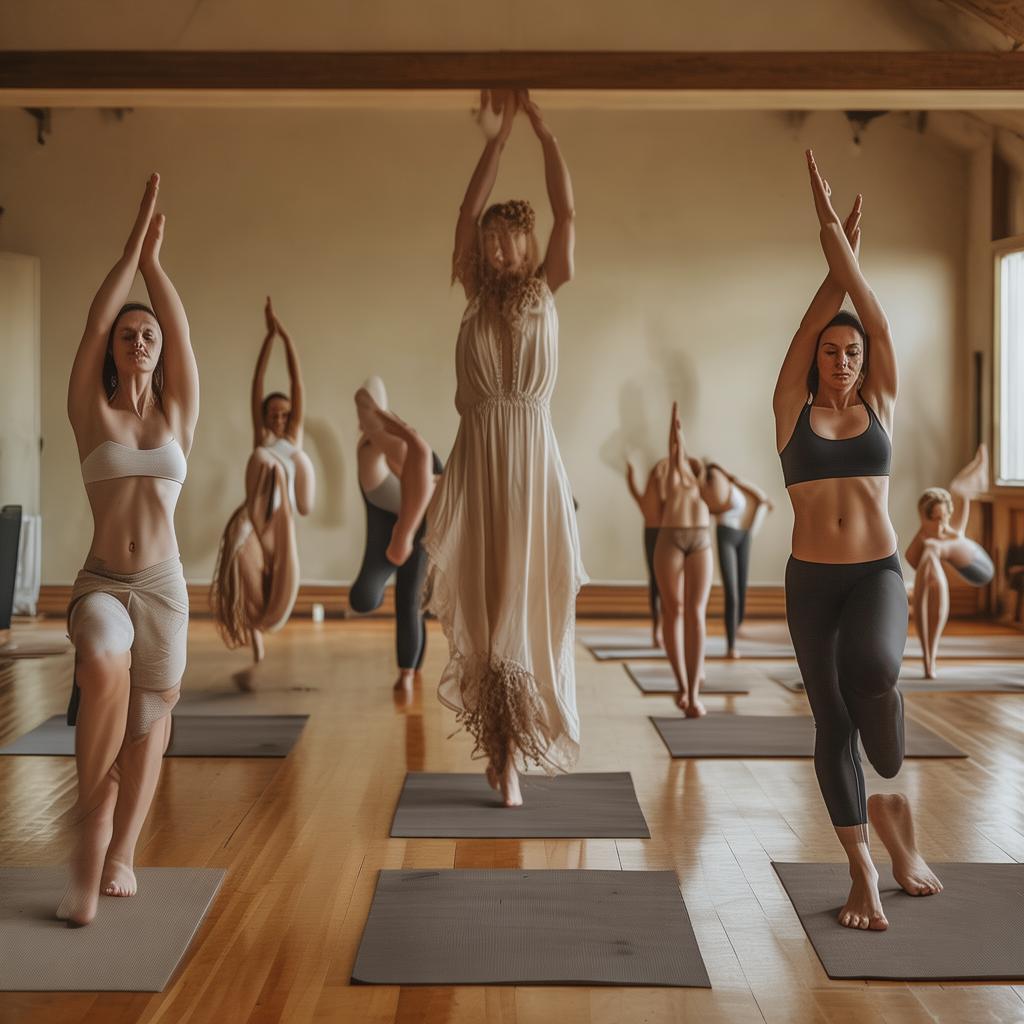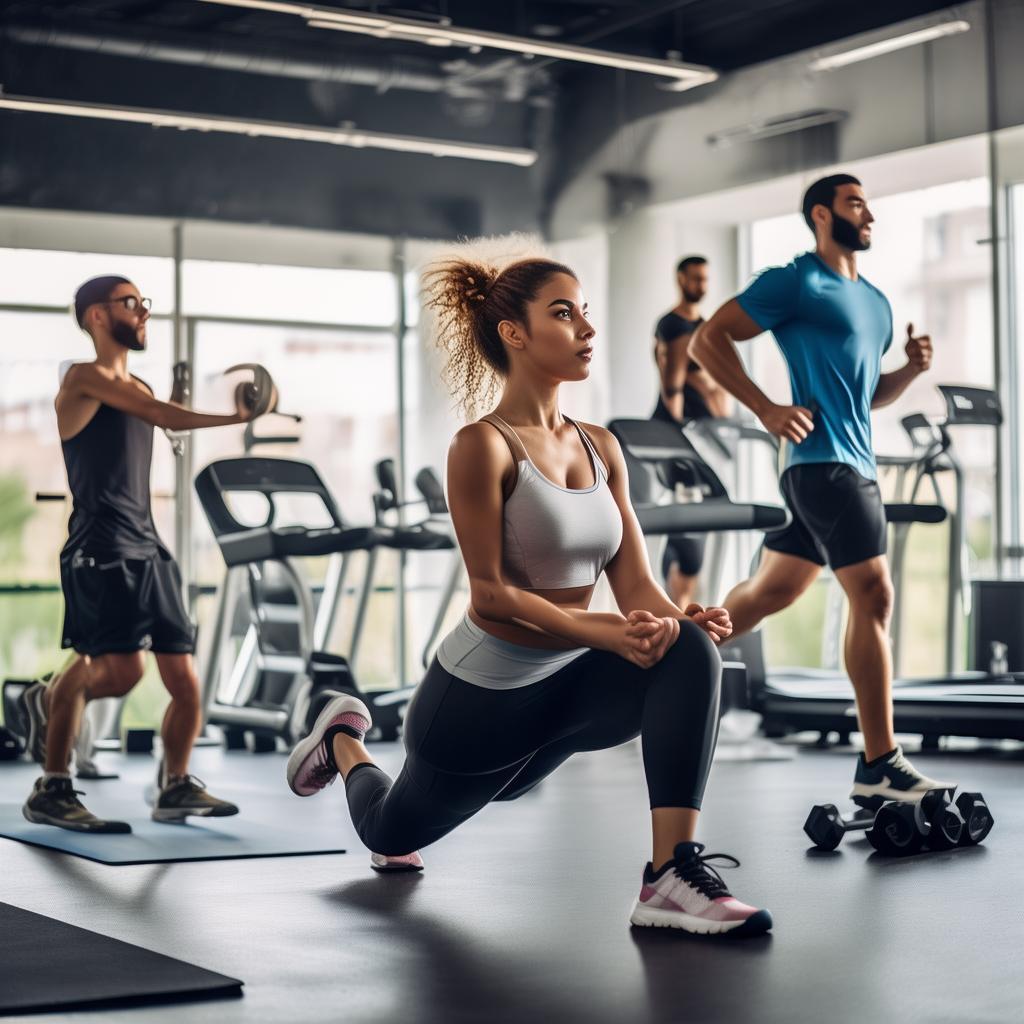Introduction
Yoga, a popular form of exercise, offers numerous benefits like stress – reduction, increased strength, and enhanced flexibility. However, just like other sports, it also has the potential to cause injuries if not practiced correctly. Learning how to avoid yoga – related injuries is crucial. Here are six key points to keep in mind to avoid about 80% of unnecessary damage during yoga practice.
1. The Importance of Warming Up
Warming up is a vital part of any yoga session. It comes with multiple advantages. Not only does it help in preventing back injuries, but it also raises the temperature of your muscles and body. This increase in temperature promotes flexibility and reduces the likelihood of overexertion. Moreover, warming up lubricates your joints, enabling your body to better execute various yoga poses.
2. Respecting Your Limits
During yoga practice, you should breathe through your nose. If you find yourself having to breathe through your mouth, it’s a sign that you may have exceeded your limits and it’s time to take a break. Additionally, uncontrollable shaking, inability to focus on the poses, and improper breathing are clear indications that you’ve pushed too hard. Another red – flag is when you feel a lack of coordination in certain body parts or experience pain. Always be aware of your body’s signals and don’t overstep your boundaries.
3. Mastering Asana Alignment
It’s essential to be conscious of whether the yoga postures are aligned correctly and if you can practice the asanas properly. Everyone has different physical limitations, whether they are joint and muscle restrictions or mental and emotional limitations. By understanding your own limitations, you can avoid attempting poses that are beyond your capabilities.
4. Maintaining Positive Thinking
Always listen to your inner voice and the signals from every muscle in your body. If a pose seems too strenuous, don’t force it. Stop and stay within your comfort zone. After all, the goal of yoga is to enhance your health, not to cause harm.
5. The Role of Assistive Devices
Assistive devices can be extremely helpful in yoga practice. They allow you to experience the intended stretch of a pose even if your body isn’t yet able to achieve it unaided. These aids help adjust the gap between joints and other body parts, preventing overexertion and reducing unnecessary stress on the body.
6. Seeking Professional Guidance
Although there are many free online videos on how to prevent yoga injuries, an experienced yoga instructor is invaluable. They can closely follow your practice, offer guidance, and assist you in solving problems as they arise. Take the time to research and find a yoga teacher who suits your individual needs.
Yoga can cause various injuries if not practiced properly. The most common ones include lower back, wrist, hip, elbow, neck, shoulder, hamstring, and knee injuries. For instance, excessive weight on the wrists can lead to wrist strains. But with proper precautions such as warming up, respecting limits, understanding alignment, and seeking professional help, you can minimize these risks and enjoy a safe and beneficial yoga practice.





